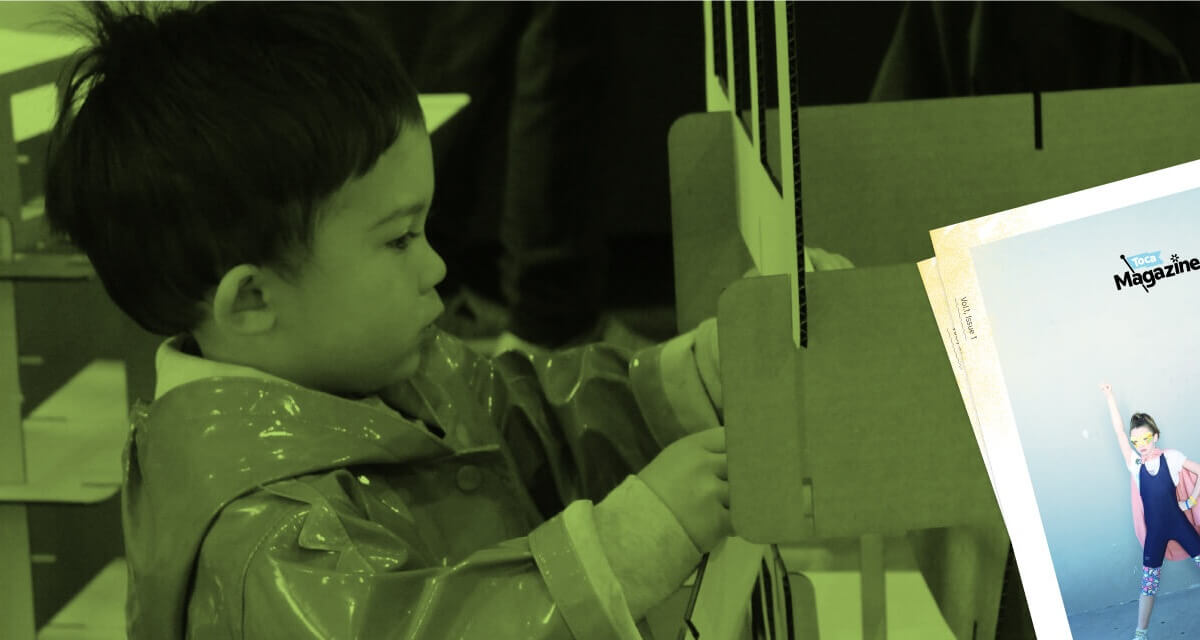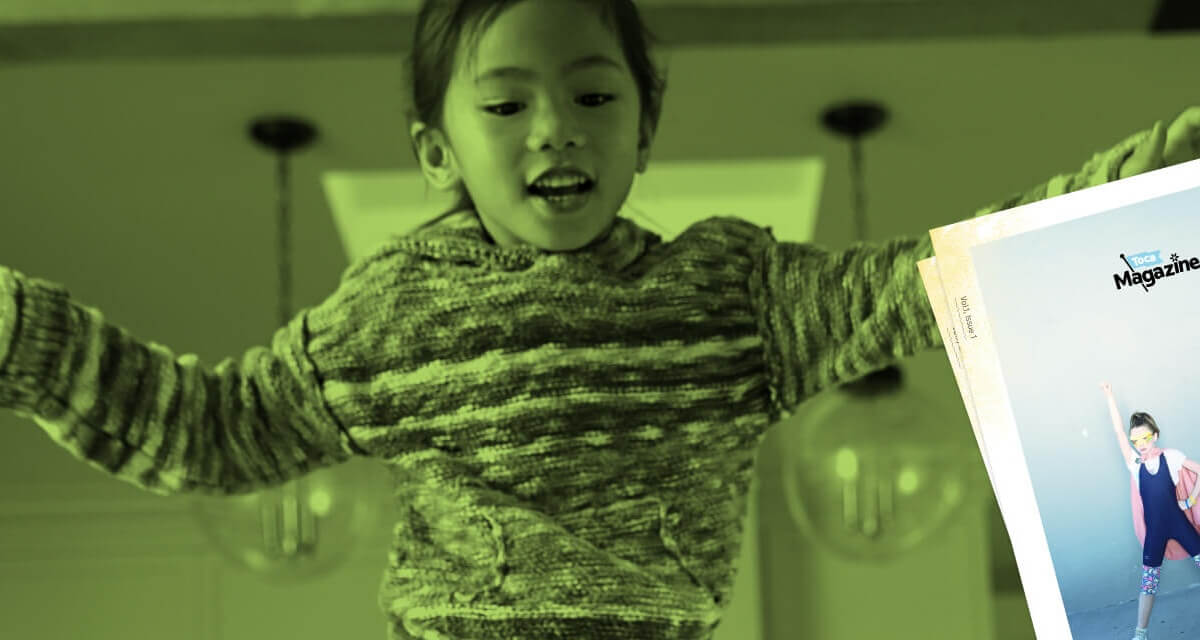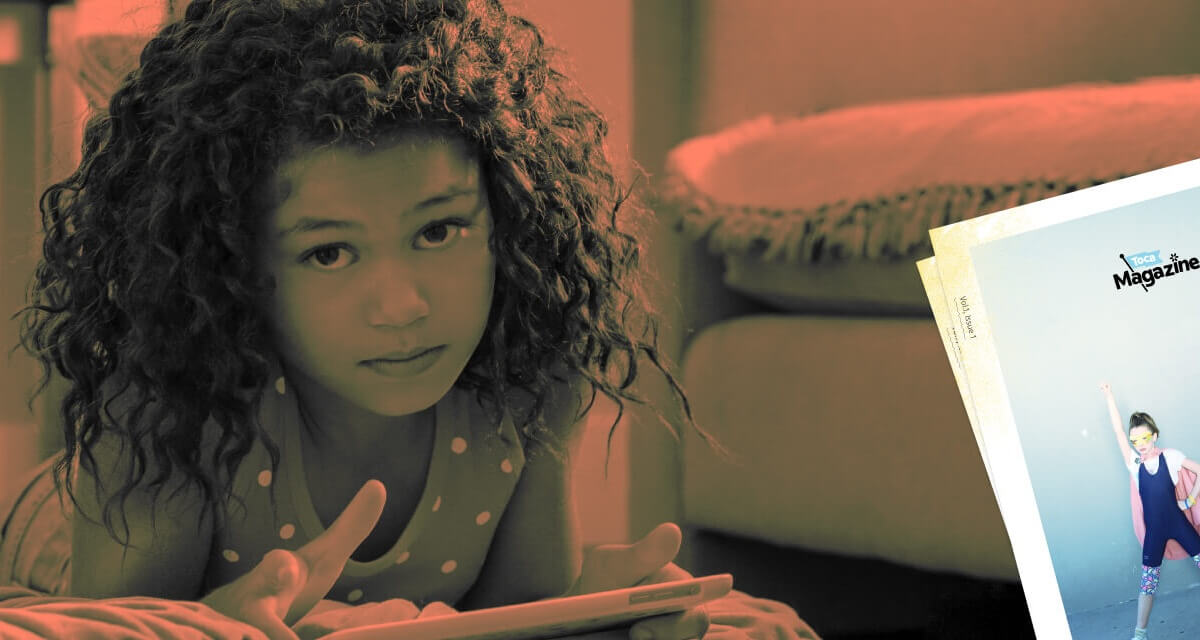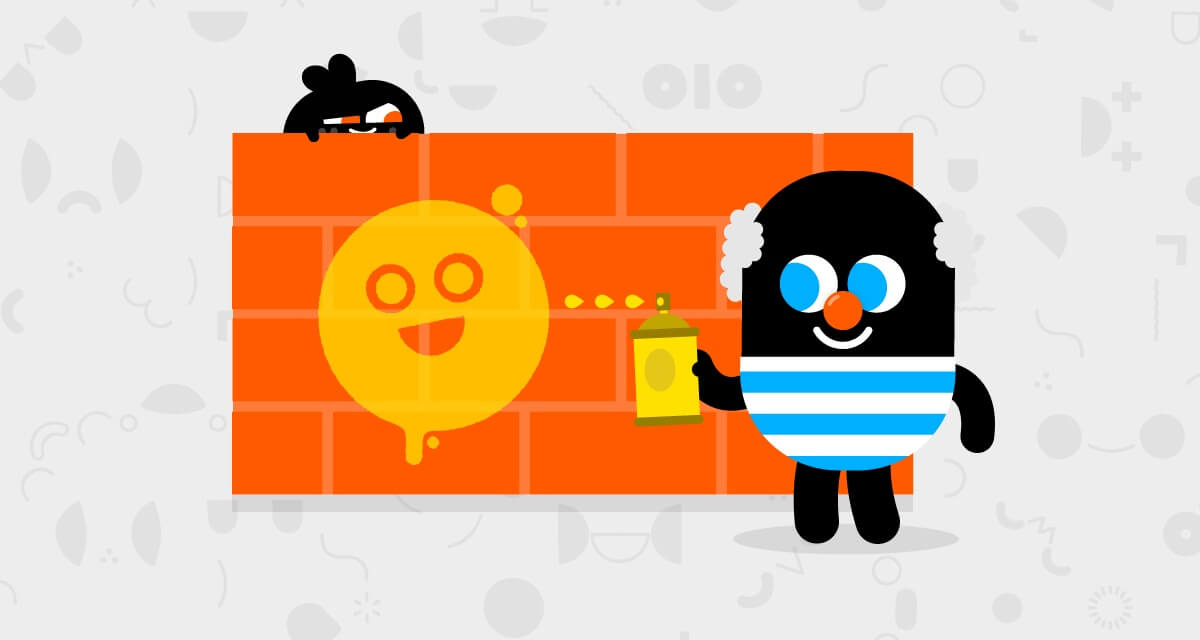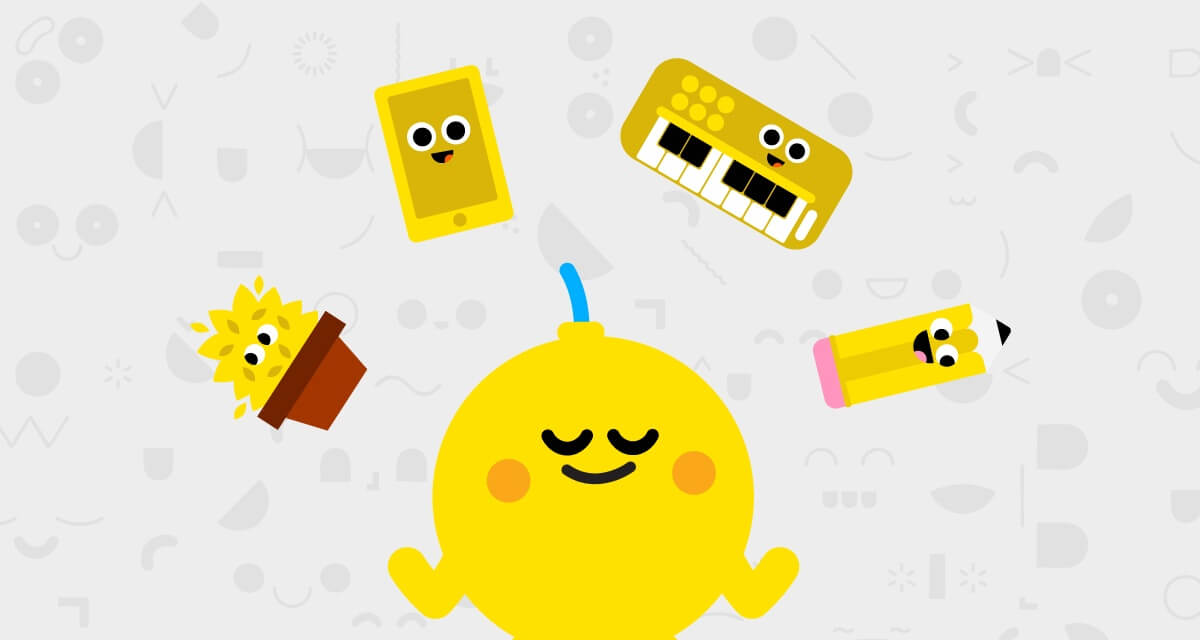Parents can embrace pretend play, imaginary friends and make-believe worlds to support kids' creative potential.
- By
- Parker Barry
Helen Shwe Hadani, Ph.D.
Childhood is a magical time when cardboard boxes can turn into castles or spaceships, and teddy bears can request extra sugar in their tea. Creativity may be a hallmark of childhood, but it’s not just child’s play. In fact, many scientists have found that identifying and nurturing creative potential in the early years of childhood is crucial for developing the next generation of innovators with the skills needed to solve tomorrow’s greatest challenges.
But do kids today have the opportunity to fully explore their creativity? Or are packed schedules, structured activities and a heavy focus on early academics and testing leaving too little time for young kids to free their minds?
Why pretend play matters
Kids are curious, playful, imaginative and open to new experiences. Often, kids express their imagination and creativity through imaginary play and the creation of imaginary companions. According to a growing body of research, scientists have found a strong link between kids who engage in this type of play with a high level of creativity in adulthood.
Pretend play helps kids develop executive function skills, or the ability to plan and exert self-control and focus. Kids learn to inhibit their impulses and follow socially based rules. When kids engage in role-play, they have to take the perspective of another (e.g., what would Superman do?) and simulate the other’s beliefs, desires and emotions.
Researchers discovered that pretend play is predictive of “divergent” thinking — generating creative ideas by exploring many possible solutions — and original thinking over time. One study, conducted by Sandra Russ, a professor of psychology at Case Western Reserve University, followed kids for 10 years, from first and second grades into high school. The scientists found that the quality of fantasy and imagination in the early grade-school years was positively related to divergent thinking ability in high school.
Kids are curious, playful, imaginative and open to new experiences.
Imaginary friends? You’re in good company
Another form of imaginative play linked to long-term creativity is the act of creating make-believe friends. Kids with imaginary companions were found to be more creative on two of three estimates of creativity, according to a study published in Creativity Research Journal. The theory is that imaginary companions promote originality of ideas by allowing kids to discover opportunities, explore materials and use them in new ways.
Some of today’s creative celebrities have revealed they had imaginary friends. Justin Timberlake, Cher and Channing Tatum have all talked about their imaginary friends. Cher told Us Weekly that she had not one but two imaginary friends, both lumberjacks. And Tatum told GQ that as a kid, he would even save an extra place at the table for his imaginary friend, Boy.
A whole new — imaginary — world
A less common form of imaginary play is paracosms, or the creation of full imaginary worlds, which typically starts at later ages (peaking around age 9 and fading in the late teenage years). When kids create imaginary worlds they sometimes invent special people, countries and languages, and these worlds can be described in elaborate detail through stories, pictures and maps.
Researchers found a link between kids who invent imaginary worlds and adults who innovate and invent. In the World Play Project, Robert and Michele Root-Bernstein found that about a quarter of the MacArthur Fellows they studied (“Genius Grant” recipients) had invented imaginary worlds as children. In fact, many of the fellows who shared their intricate imaginary worlds could articulate how the invention of those worlds in childhood nurtured and trained their creativity capacities in adulthood.
Researchers found a link between kids who invent imaginary worlds and adults who innovate and invent.
How you can support your kid
While all children have creative potential, researchers found that kids are heavily influenced and persuaded by outside environmental factors, which can encourage or disrupt this development. With this in mind, adults will want to be mindful not to discourage kids from pretend play, imaginary friends or make-believe worlds.
The space and time for creative exploration needs to be protected and cultivated through reinforcement by peers, parents and teachers. This is especially important before and during the “fourth-grade slump” when kids begin to experience more social pressure. Around this age, the ability to be spontaneous, flexible and confident enough to take risks diminishes.
If we want to raise the next generation of entrepreneurs, inventors and problem-solvers, we need to actively cultivate creativity in kids. Rich imaginative play is not wasted time. So let your child create wild and complex narratives and encourage their unique imaginative play scenarios.0
CREATIVITY IS KEY
Creativity is increasingly recognized as a key to success in our rapidly changing world. According to a 2010 study conducted by IBM, more than 1,500 CEOs from 60 countries and 33 industries believe that creativity is the key to successfully navigating an increasingly complex world. In the study, creativity beat out rigor, management, discipline, integrity and even vision. Creativity allows us to recognize needs, to see challenges in a new light and to problem-solve with fresh approaches.
Helen Shwe Hadani, Ph.D., is head of research at the Center for Childhood Creativity at the Bay Area Discovery Museum.
